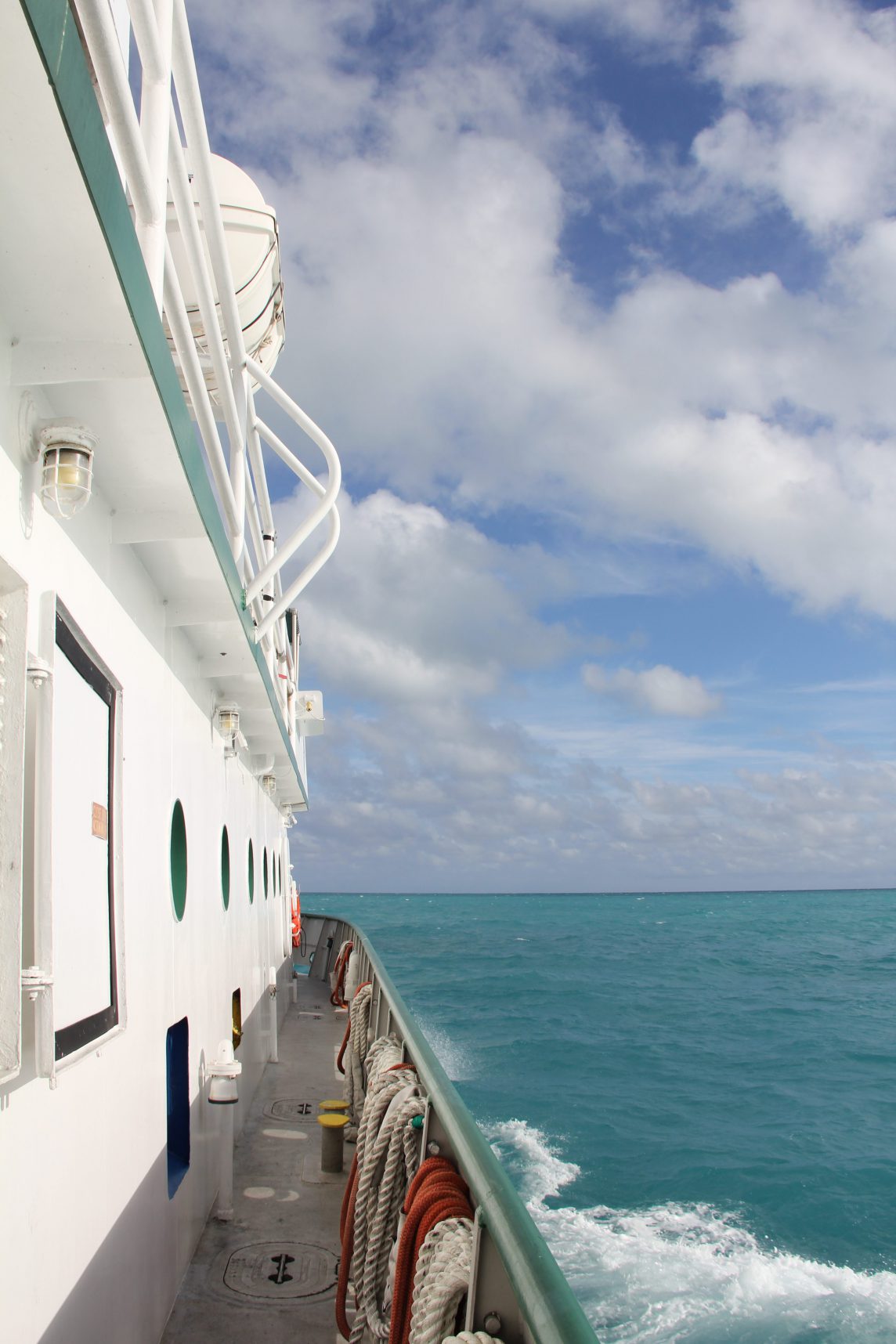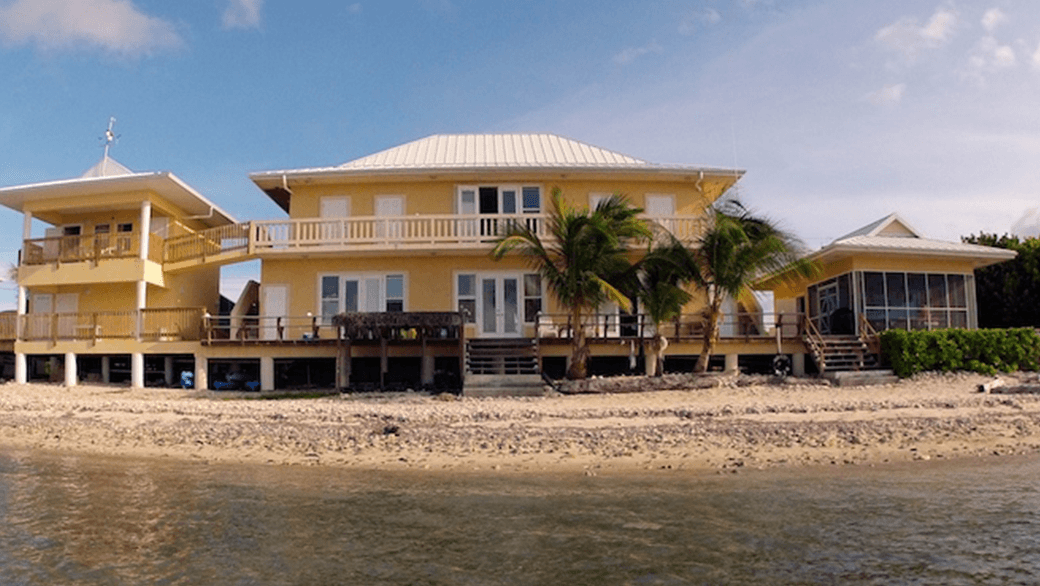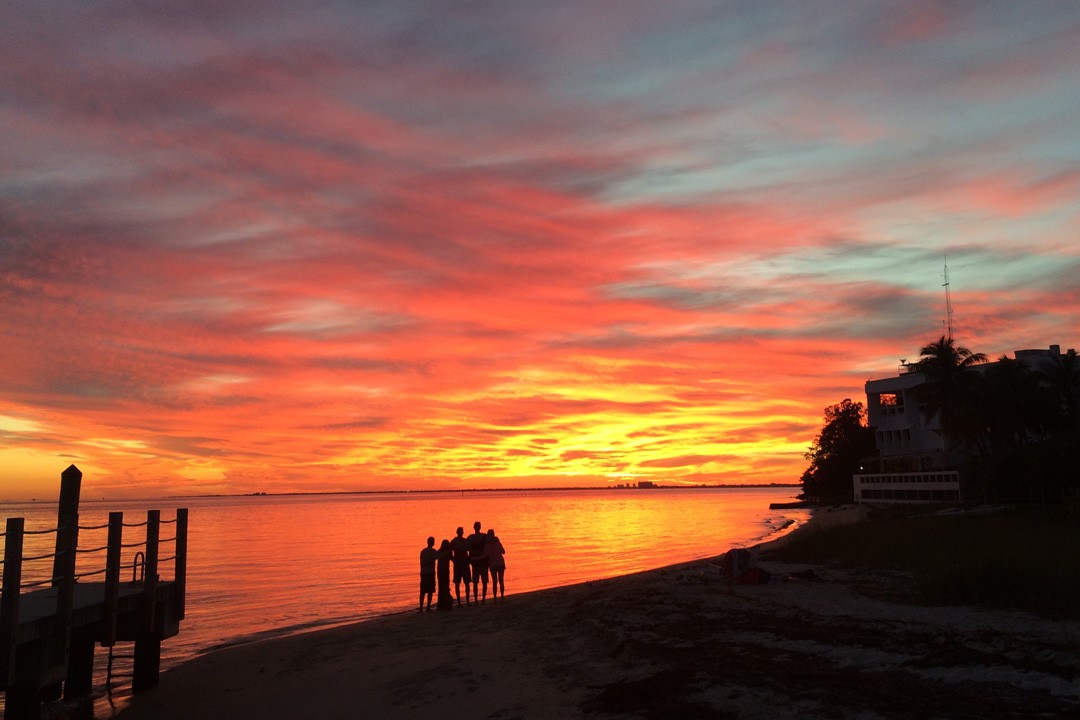In August 2018, a team of biological oceanographers and ecologists set sail on the R/V Walton Smith to sample the waters of Biscayne Bay & Florida Bay. AOML has conducted regular interdisciplinary observations of south Florida coastal waters since the early 1990’s. We spoke with Chris Keble, the lead scientist for AOML’s South Florida Ecosystem Restoration Research project, to learn more.
NOAA has selected South Florida’s Biscayne Bay as one of the next Habitat Focus Areas under NOAA’s Habitat Blueprint. Habitat Blueprint offers opportunities for NOAA to partner with organizations to address coastal and marine habitat loss and degradation issues. It provides a framework, which builds upon existing programs, prioritizes activities, and helps users act strategically and preventively in order to sustain resilient and thriving marine and coastal ecosystems and resources.
OML is located on Virginia Key in south Florida, surrounded by the clear waters of Biscayne Bay. The bay provides a home for endangered species, seagrass nurseries, and feeding grounds for many valued fish. The bay’s clear waters also support regional economy, recreation, and tourism. In the past 20 years, scientists at AOML, Florida International University, Miami-Dade County Department of Environmental Resources Management, and South Florida Water Management District have observed a trend in increased concentrations of chlorophyll a, an index of phytoplankton abundance. Phytoplankton, also known as microalgae, are microscopic plants in the water column, requiring sunlight and nutrients to live. With increasing phytoplankton comes the potential for frequent algal blooms that damage seagrass beds by reducing the light available to seagrass.
The recorded increase in phytoplankton, coupled with the recent appearance of an expansive diatom bloom in the southern bay in 2013 and macroalgae overgrowing seagrass beds in the central bay is causing scientists to worry about the future of Biscayne Bay’s ecosystem. If phytoplankton continues to increase, the quality of Biscayne Bay’s clear, pristine water could decrease and seagrass could be be smothered causing a widespread loss that would be hard to halt or reverse.


